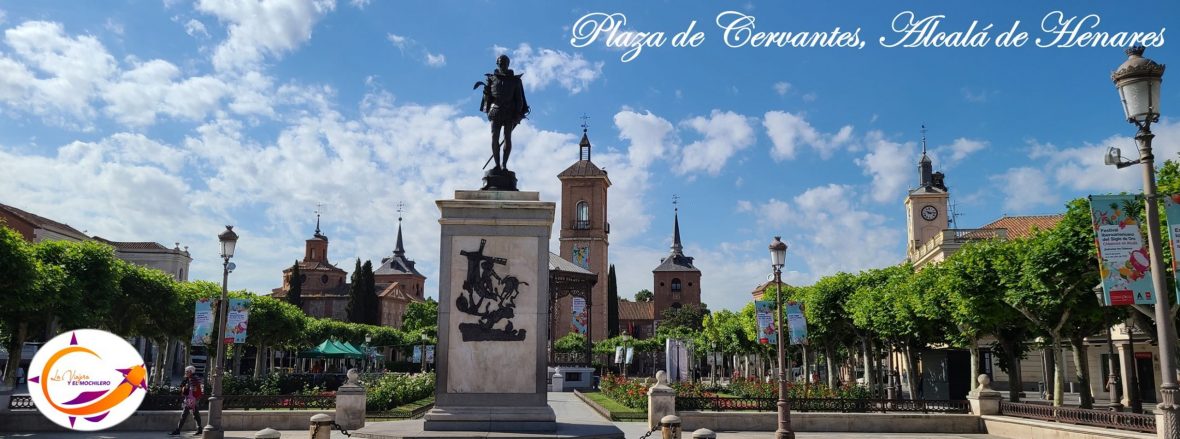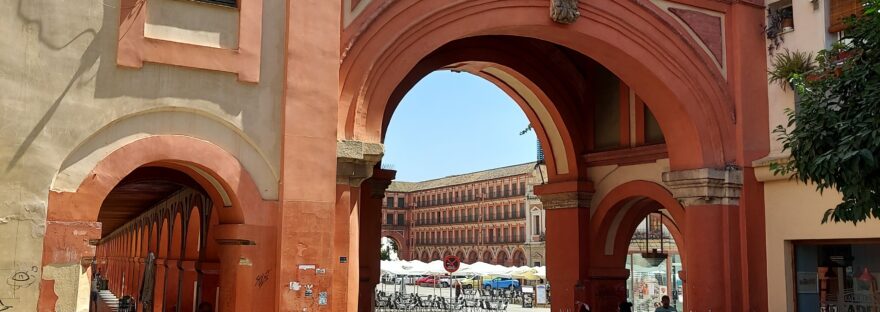Upon arriving in Cordoba and after leaving our luggage at the hotel, we immediately set out to explore the city and of course, have something to eat. It was the “Plaza de la Corredera”, one of the most emblematic places in Cordoba, the spot chosen for a food stop.
We entered the “Plaza de la Corredera” through one of its arches, as there are two that serve as entrance and exit, the High Arch and the Low Arch. Many say it is a quadrangular square, a very accurate description.
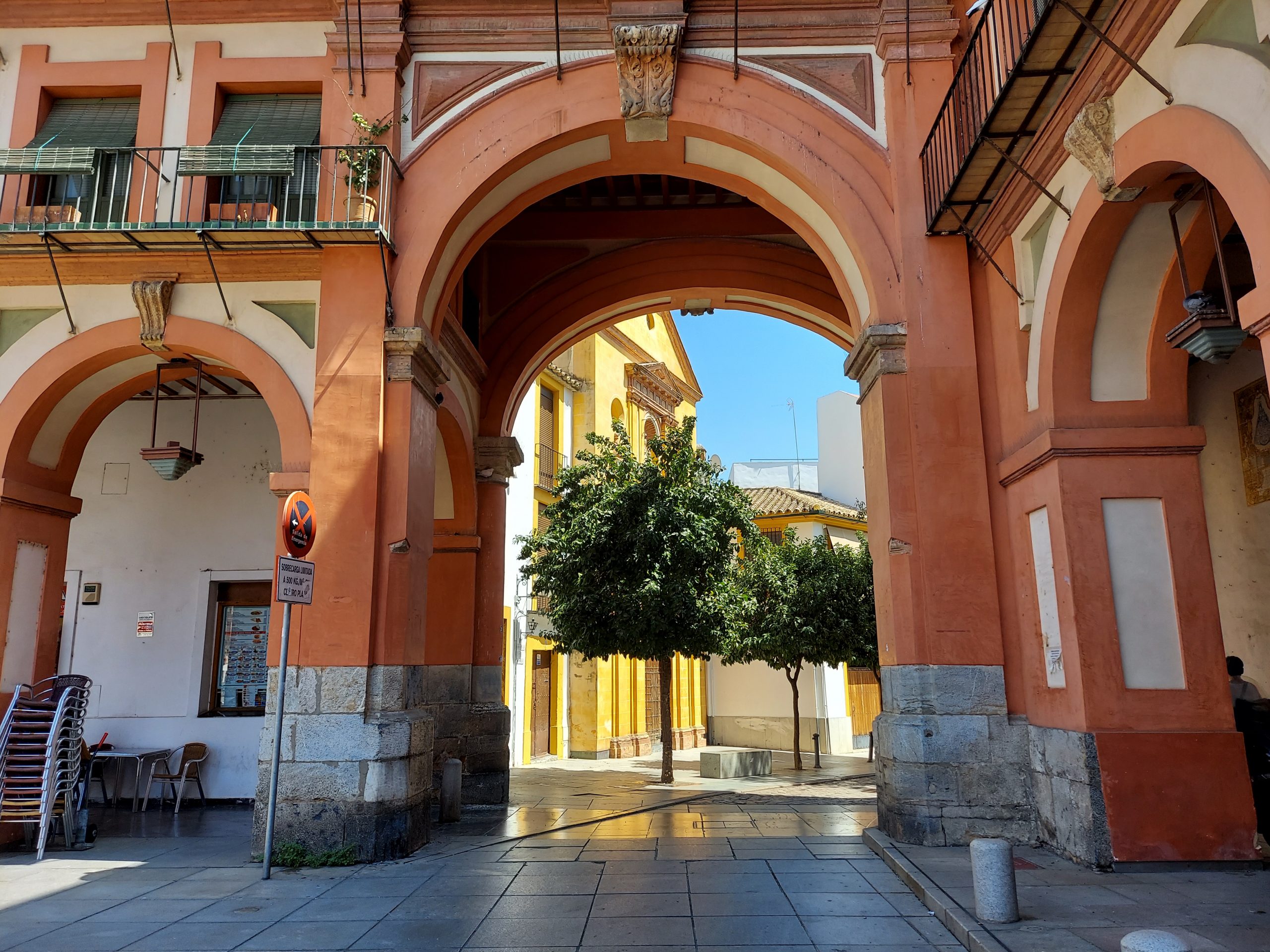
The rectangular shape and the porticoes with arches at the bottom are characteristic of Castilian squares, which makes the “Plaza de la Corredera” the only one of its kind in Andalusia.
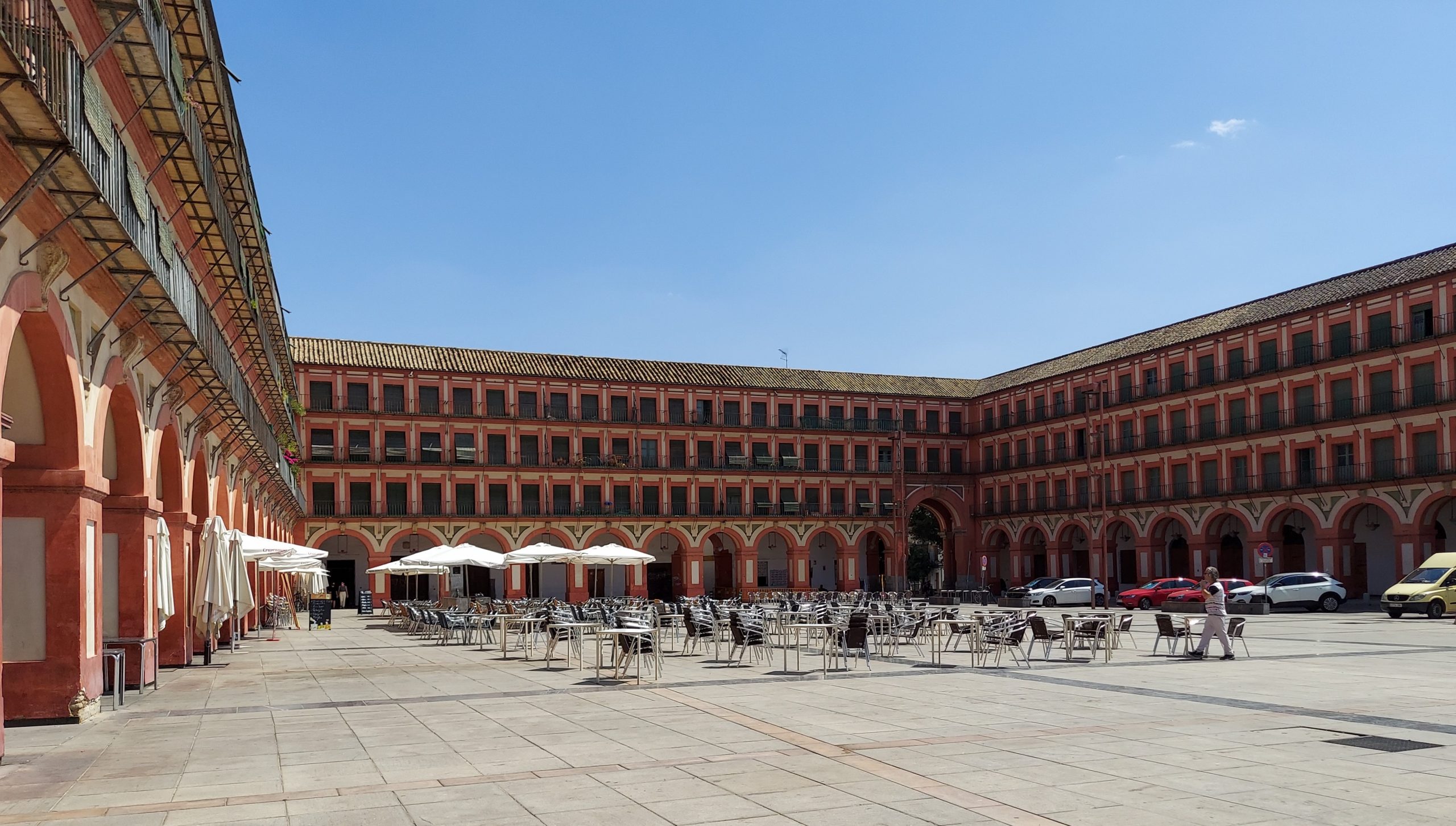
It was the project of the Salamancan architect Antonio Ramós Valdés, who under the mandate of Francisco Ronquillo Briceño, built in 1683 a semi-regular rectangle 113 meters long and 55 meters wide. During this construction, two buildings prior to this period and that contrast with the uniformity of the surroundings were preserved. These buildings are the old Town Hall and jail and the so-called “Casas de Doña María Jacinto”, both built in the sixteenth century; their artistic value was respected and untouched.
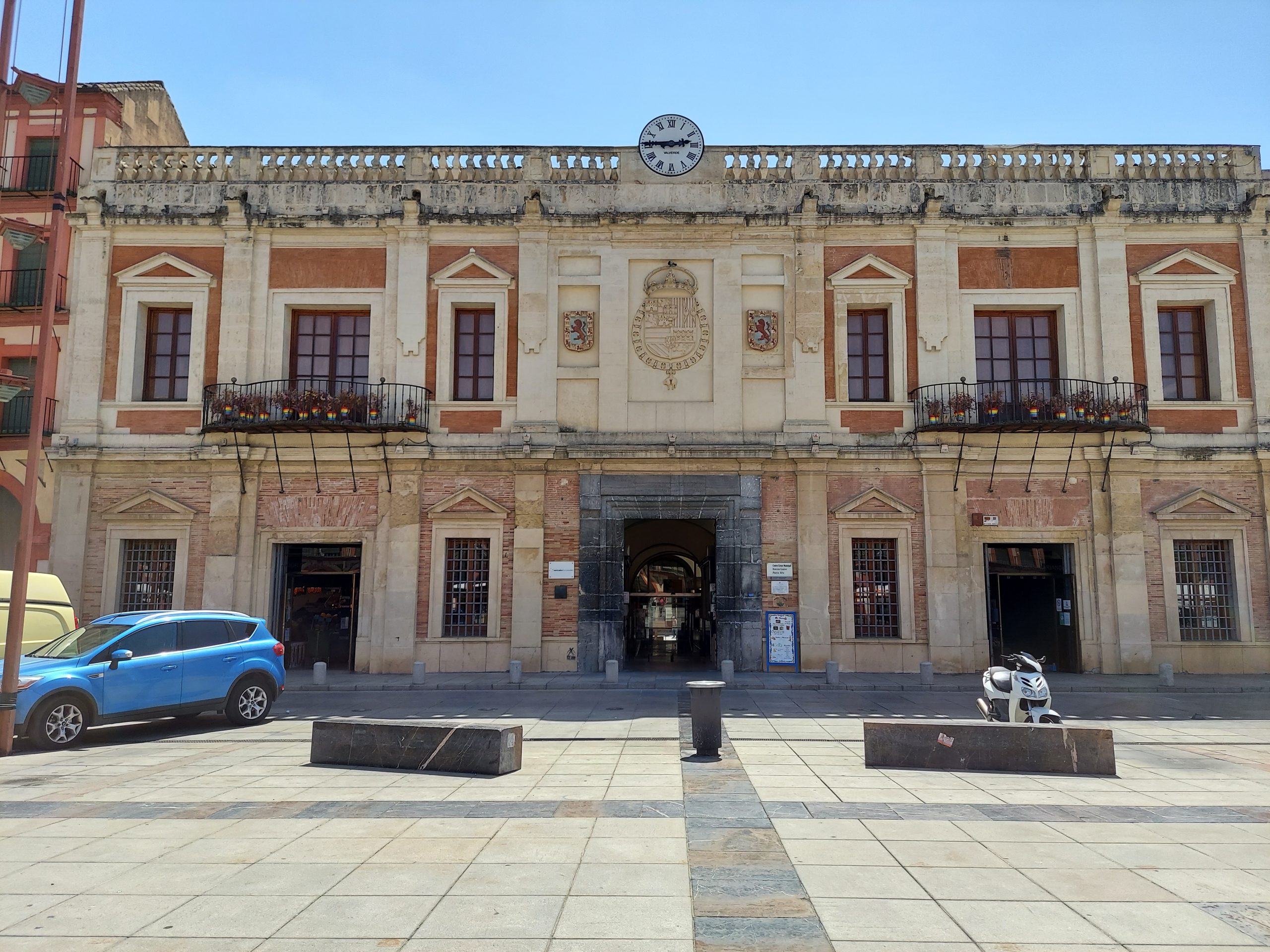
The activities that took place over time in the “Plaza de la Corredera” were diverse. Among the celebrations that took place here was the one that celebrated the victory in the Battle of Lepanto against the Turks in 1571. However, bullfights were the most recurrent spectacle in the “Plaza de la Corredera” and hence where its name derives. Great personalities, such as King Philip IV or Cosimo de Medici himself, witnessed the great bullfights held in this square. However, not all the events were celebrations, since, for example, the “Plaza de la Corredera” was the place chosen by the Inquisition to celebrate its acts of faith. The square also witnessed executions. It is said that the executioner himself lived in the square in case there was any “urgency”. The last execution carried out in the Corredera took place in 1838, while the last bullfight was held in 1846, once the “Los Tejares” bullring was built.
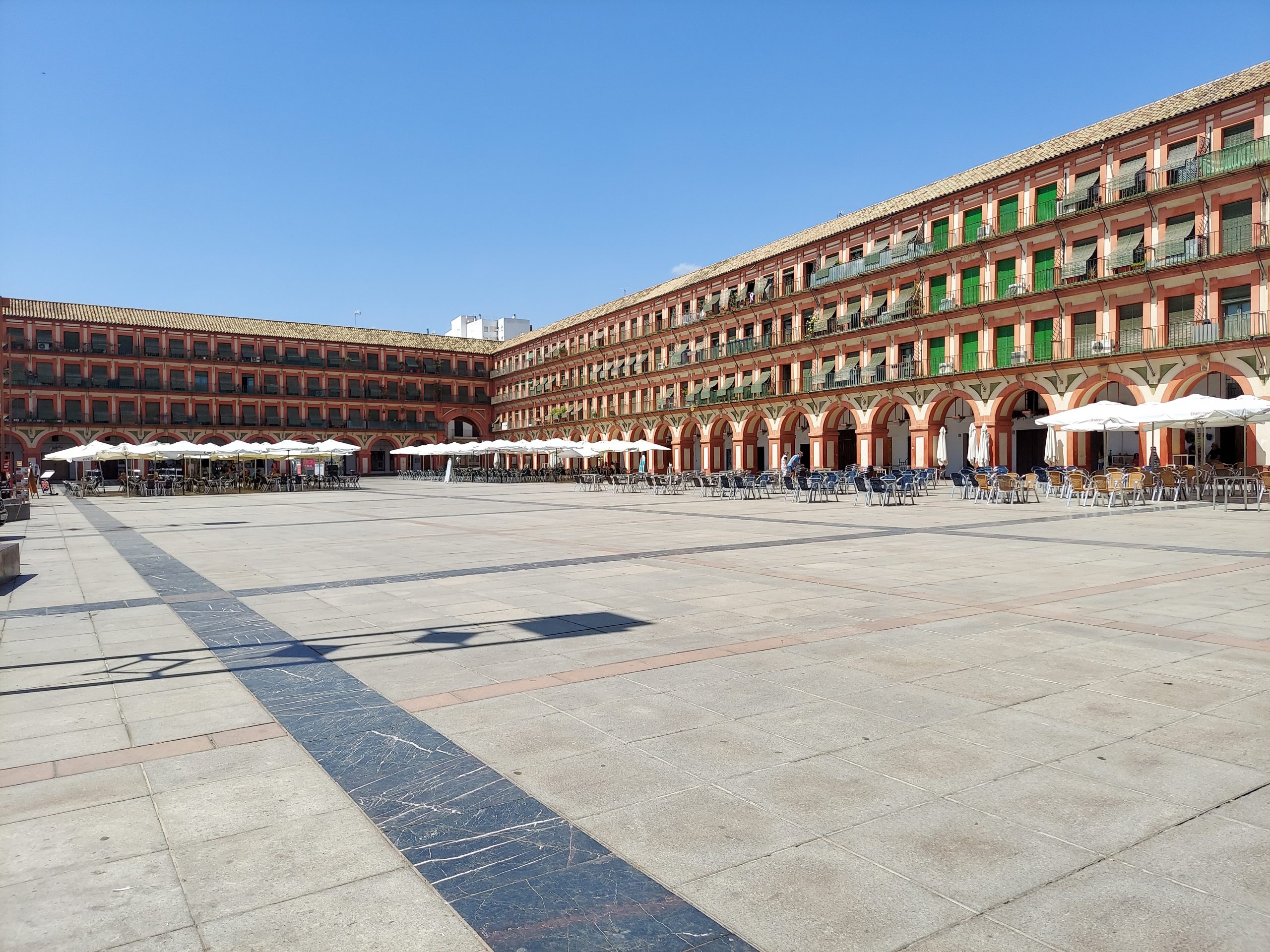
Until the 20th century, the Plaza de la Corredera was the center of the most important Cordovan commerce. And it is precisely in the mid-twentieth century, that the mayor of Cordoba, Antonio Cruz Conde, finally approved the demolition of the market to build one in the basement of the square. During the demolition, twelve Roman mosaics were found, which were rescued and restored. Due to the fact that the “Alcázar de los Reyes Cristianos” was also being restored, it was decided to move eight of the twelve mosaics to decorate the rooms therein. Today we can find them on exhibition in the Hall of the Mosaics of the Alcazar. Based on these findings, it is believed that the “Plaza de la Corredera” was built on the remains of the ancient Roman circus.
On December 18, 1981 it was declared an Asset of Cultural Interest and in 1986 the rehabilitation of the “Plaza de la Corredera” was agreed, with works culminating on December 9, 2001.
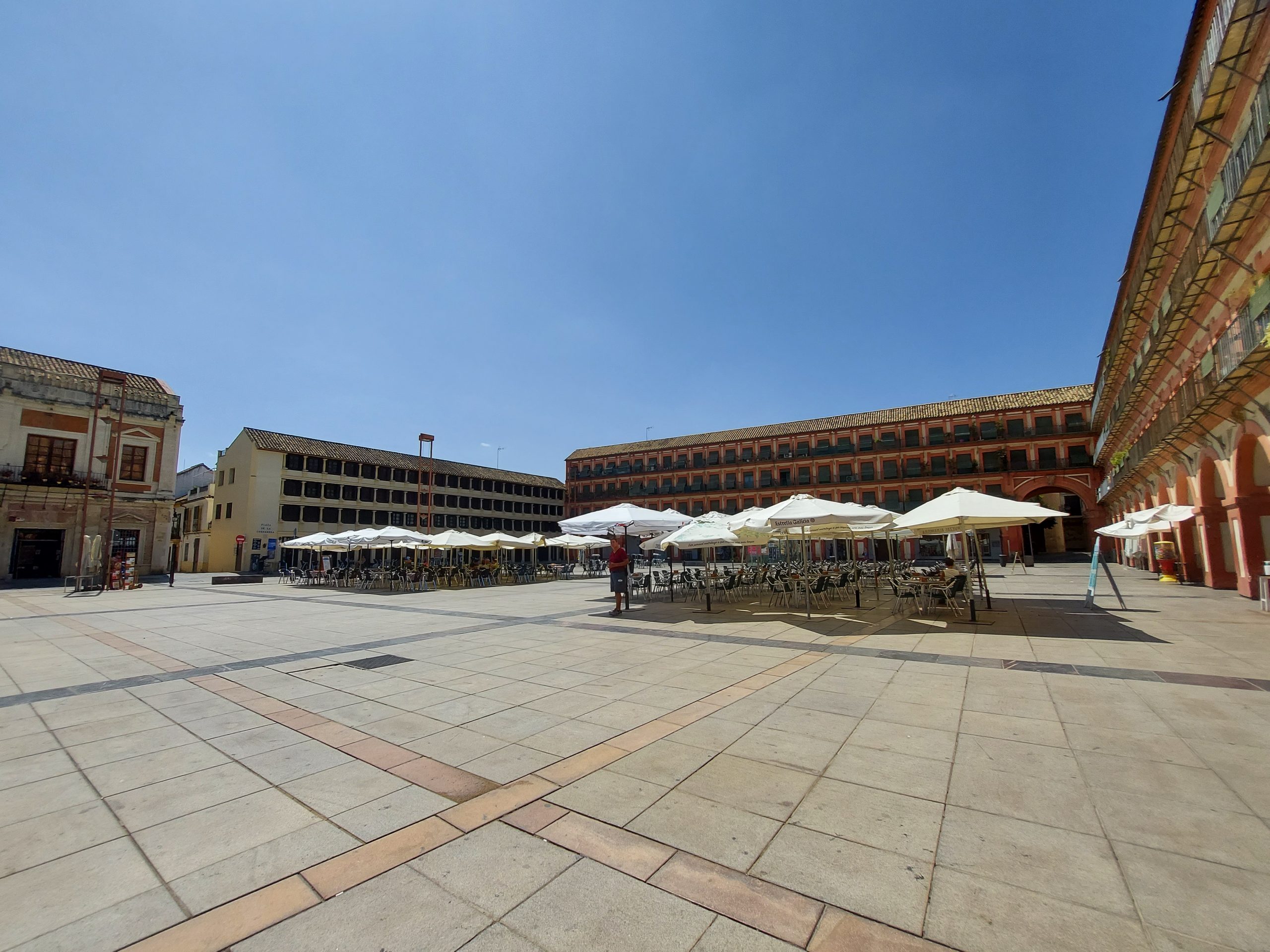
Today, in the “Plaza de la Corredera” we can find numerous cafes and cocktail bars, where you can indulge the most exquisite taste, or just sit and enjoy its surroundings full of history and festivities.
Resources:
- https://es.wikipedia.org/wiki/Plaza_de_la_Corredera
- https://www.artencordoba.com/plaza-corredera-cordoba/
- https://www.disfrutacordoba.com/plaza-corredera
- https://www.inspain.org/es/cordoba/cordoba/plaza-de-la-corredera/
- https://www.turismodecordoba.org/plaza-de-la-corredera
